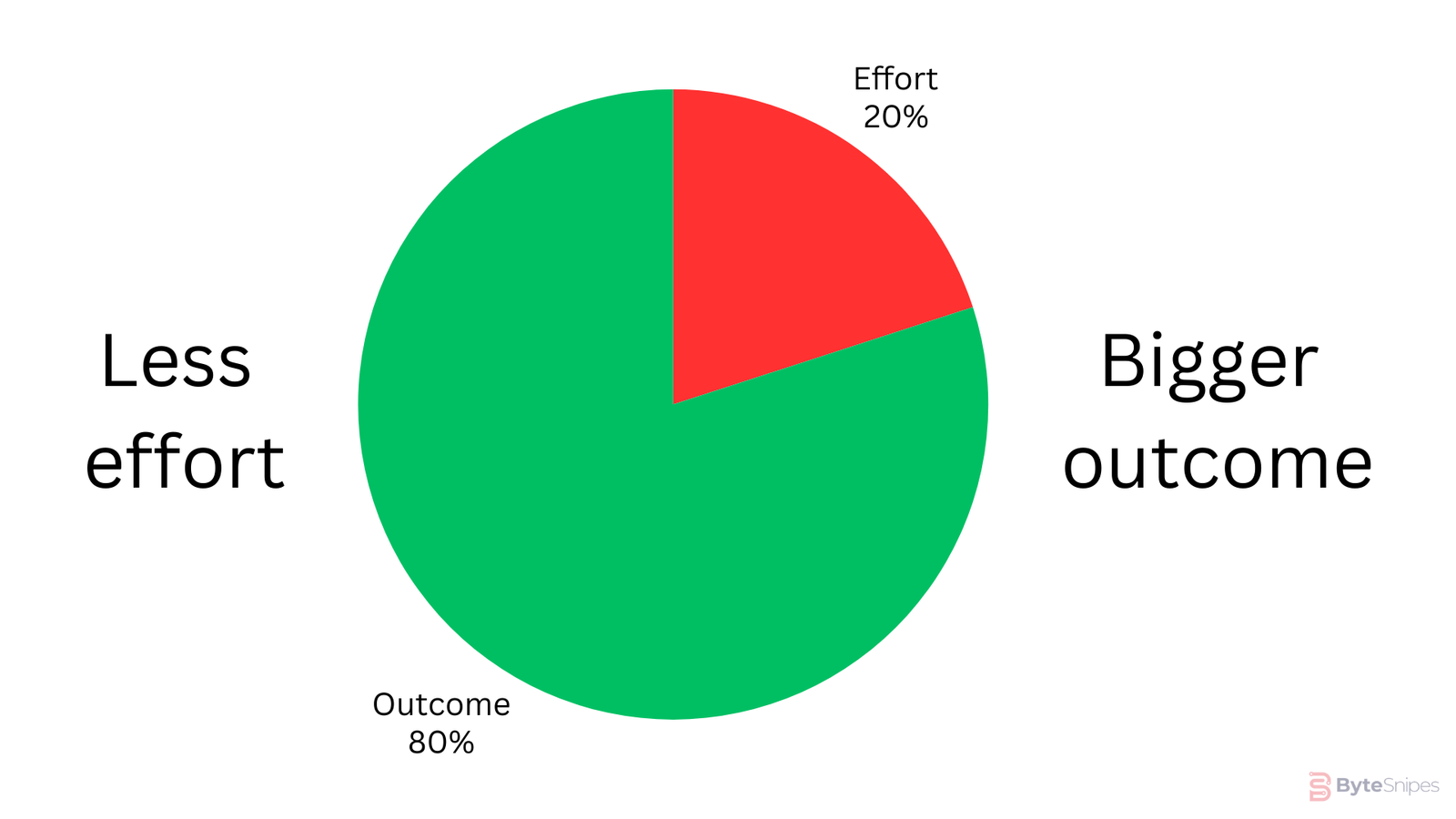The Pareto Principle: Maximizing Efficiency in Business
The Pareto Principle, also known as the 80/20 rule, is a concept that suggests that 80% of the results come from 20% of the efforts. This principle was first introduced by Italian economist Vilfredo Pareto in the late 19th century and has since been widely applied in various fields, including business.

Understanding the Pareto Diagram
A Pareto diagram is a visual representation of the Pareto Principle. It consists of a bar chart that ranks different factors or causes by their contribution to a particular outcome. The factors are arranged in descending order, with the most significant ones on the left side of the chart. This diagram helps businesses identify the vital few factors that have the most impact on their desired outcomes.
Real-Life Example of the Pareto Principle in Action
One practical example of the Pareto Principle in action is its application in inventory management within retail businesses. Often referred to as the 80/20 rule, the Pareto Principle suggests that roughly 80% of effects come from 20% of causes. In the context of retail, this means that about 80% of sales typically come from 20% of the products.
Case Study: A Retail Clothing Store

Photo by Korie Cull on Unsplash
A mid-size retail clothing store noticed that despite a large and diverse inventory, only a selected few products were driving the majority of its revenue. To optimize their sales and inventory management, the store decided to analyze their sales data over the past year using the Pareto Principle. Here are the steps they followed:
- Data Collection: They collected sales data to identify which items were being sold and in what quantity.
- Analysis: After analyzing the data, it was evident that 20% of the store’s products (such as designer jeans and branded sneakers) accounted for approximately 80% of the total sales.
- Adjustment of Inventory and Marketing Focus: With this insight, the store adjusted their inventory to stock more of these high-demand items, while reducing the varieties of less popular products. They also shifted their marketing focus to highlight the top-selling items.
- Results Monitoring: The store monitored the changes, noticing not only an improvement in sales but also a reduction in inventory costs.
Following the Pareto Principle allowed this retail business to significantly enhance its operational efficiency and profitability by focusing resources on the products that generate the most revenue. This strategic focus and resource allocation based on the principle’s insights exemplify its power in practical business applications.
Applying the Pareto Principle in Business
To take advantage of the Pareto Principle in business, follow these steps:
- Identify the problem or goal: Determine the specific area where you want to improve efficiency or achieve better results.
- Data collection: Gather relevant data and information about the factors that contribute to the problem or goal.
- Rank the factors: Analyze the data and rank the factors based on their significance. Use a Pareto diagram to visually represent the rankings.
- Focusing efforts: Prioritize the factors that have the most impact and focus your efforts on addressing them. This allows you to allocate resources effectively and maximize efficiency.
- Monitor progress: Continuously monitor and evaluate the results of your efforts. Adjust your strategies as needed to maintain and improve efficiency.
By applying the Pareto Principle, businesses can identify the critical factors that drive success and allocate their resources accordingly. This approach helps streamline processes, eliminate unnecessary efforts, and improve overall efficiency, ultimately leading to better outcomes.



